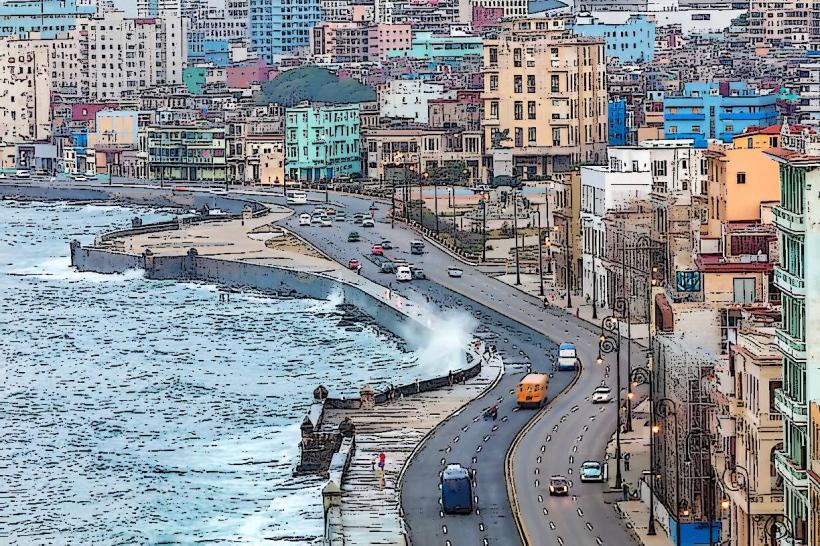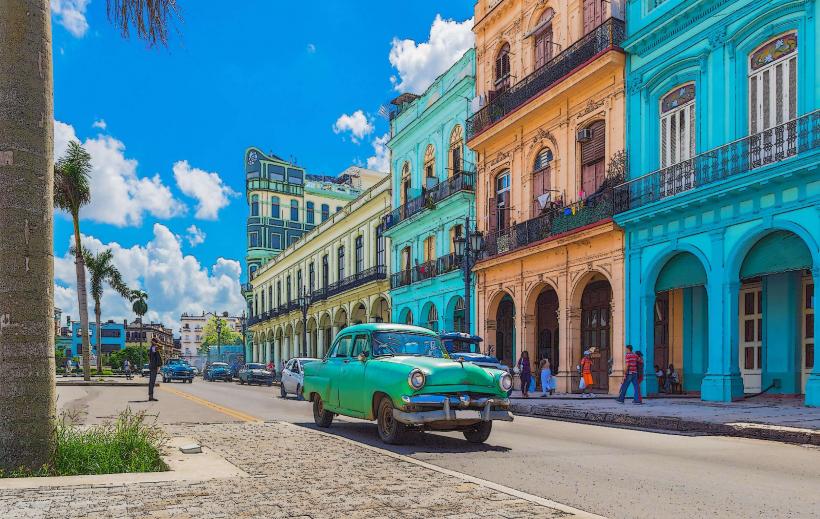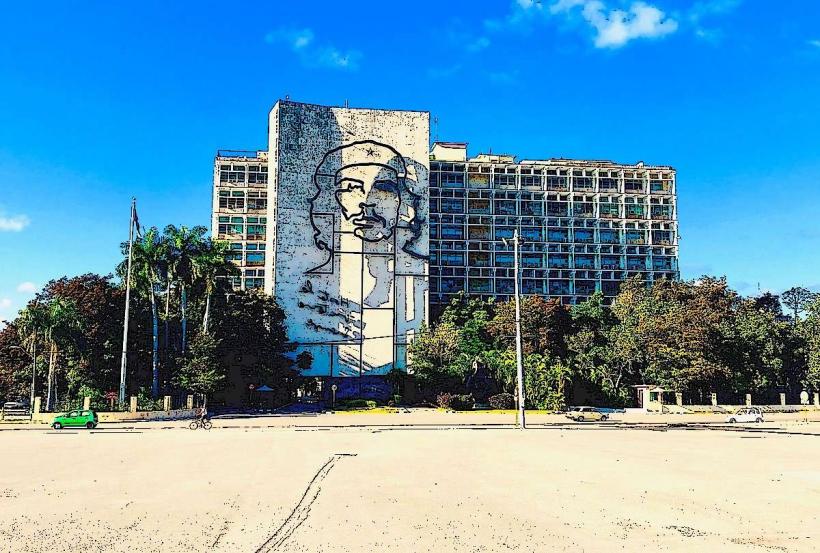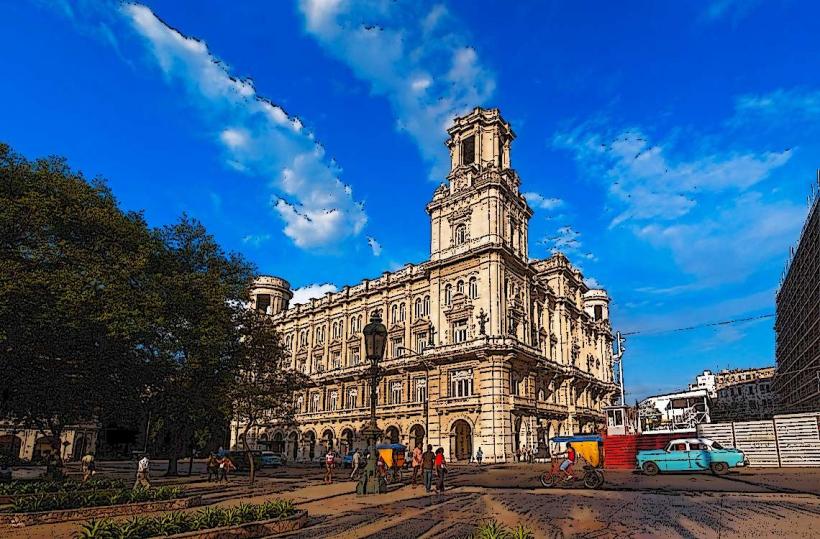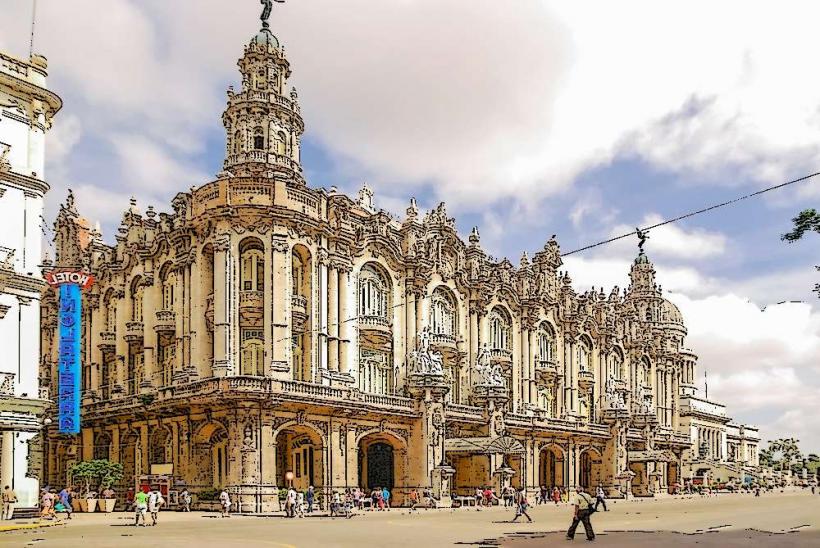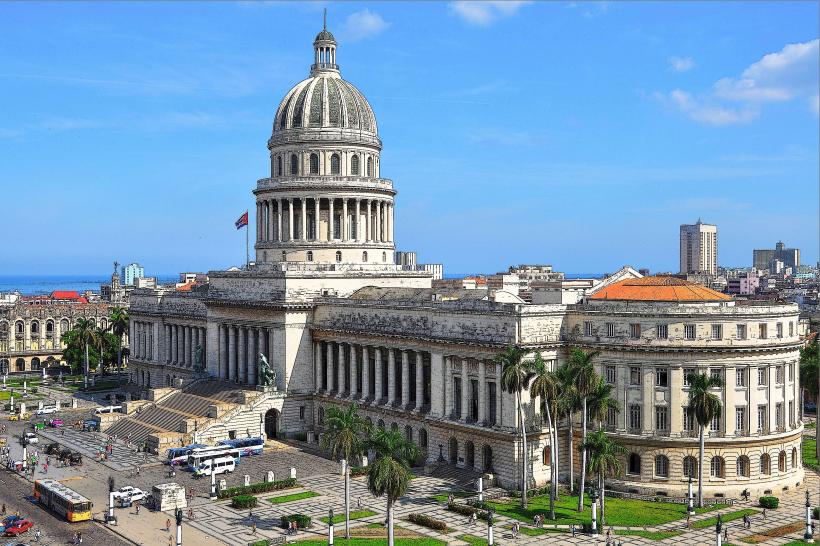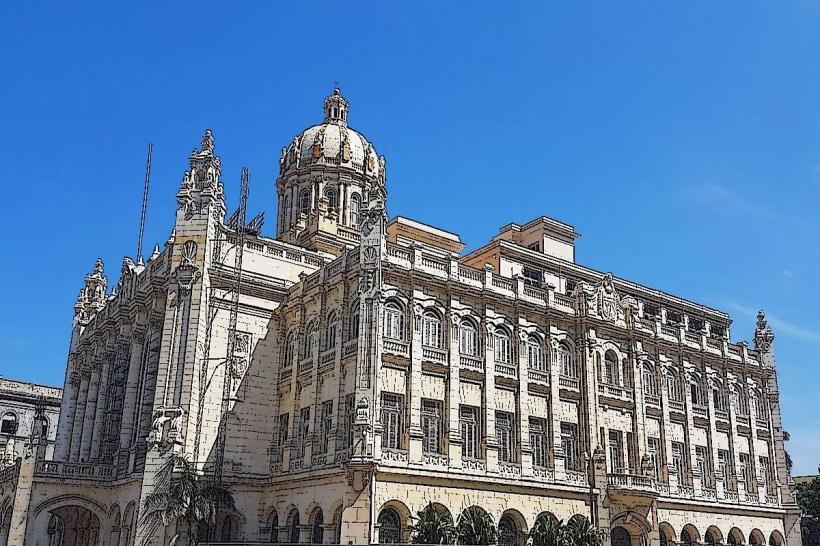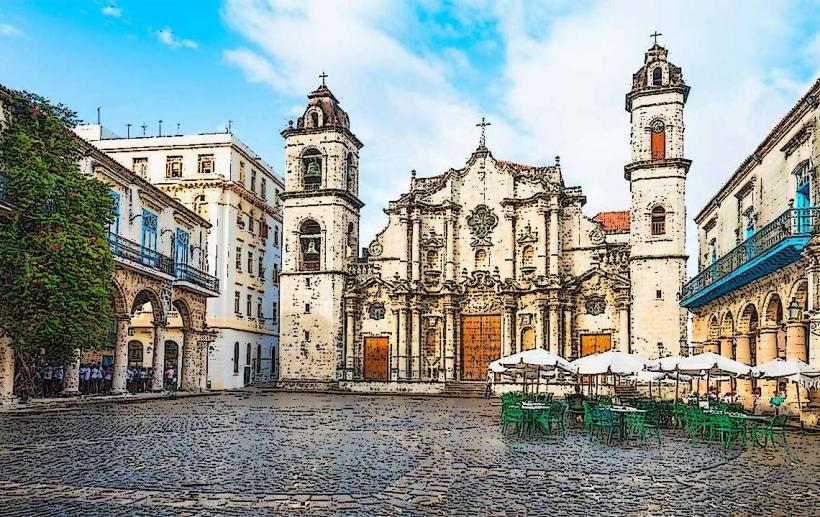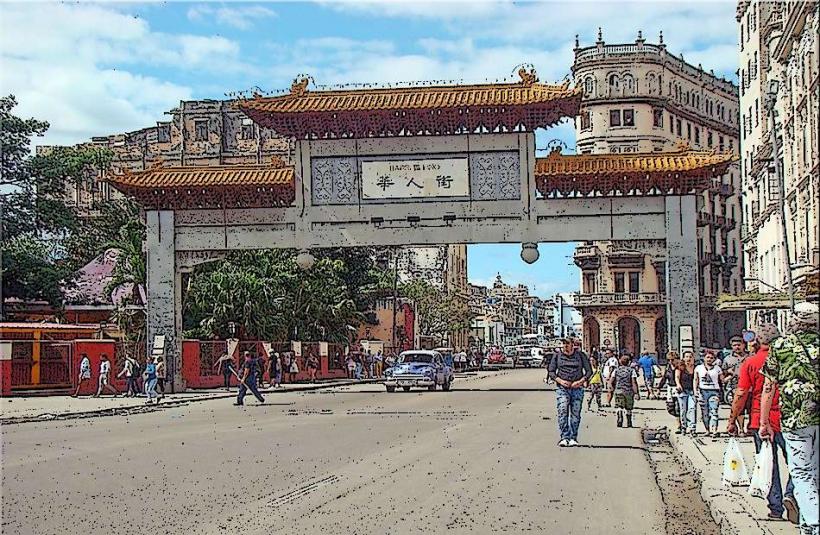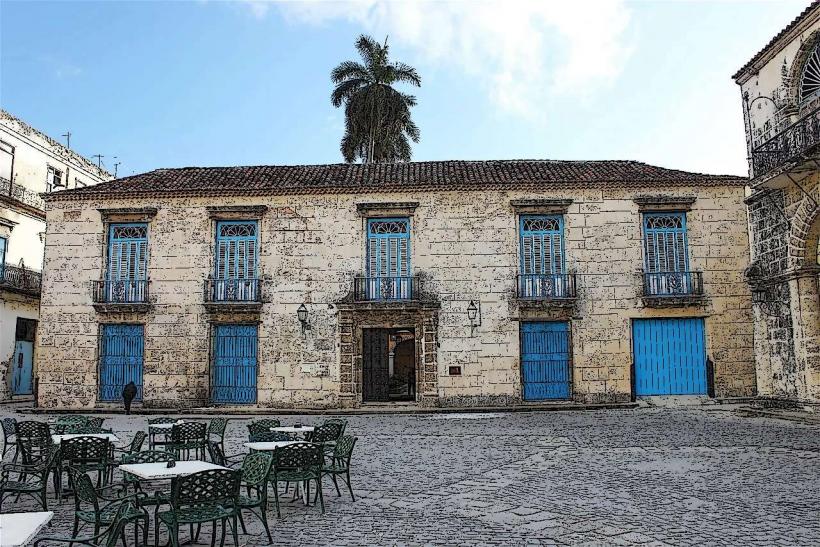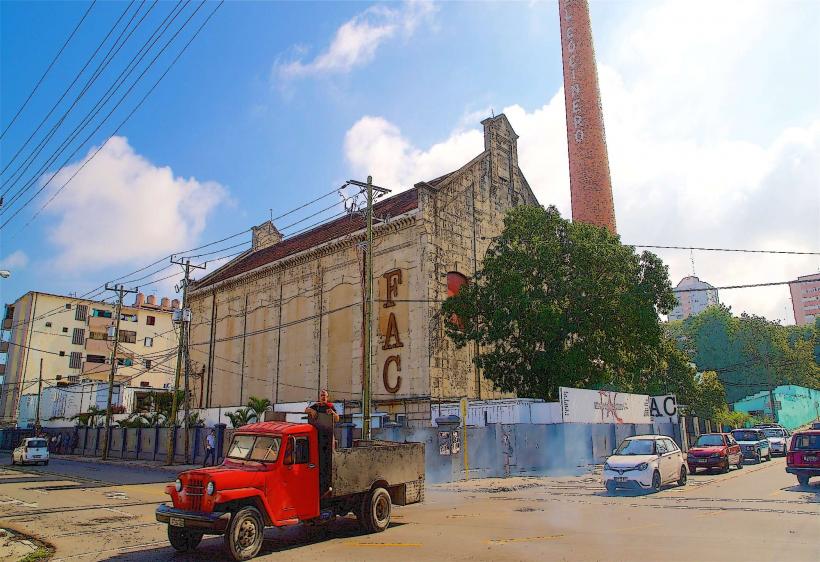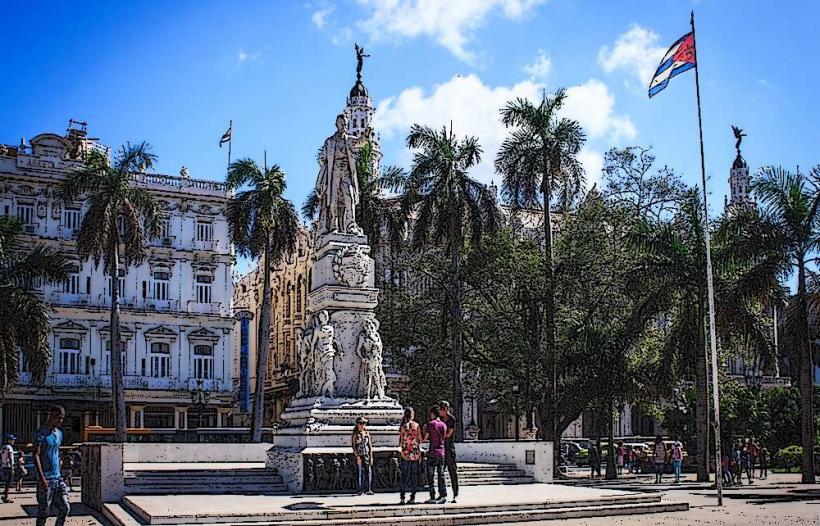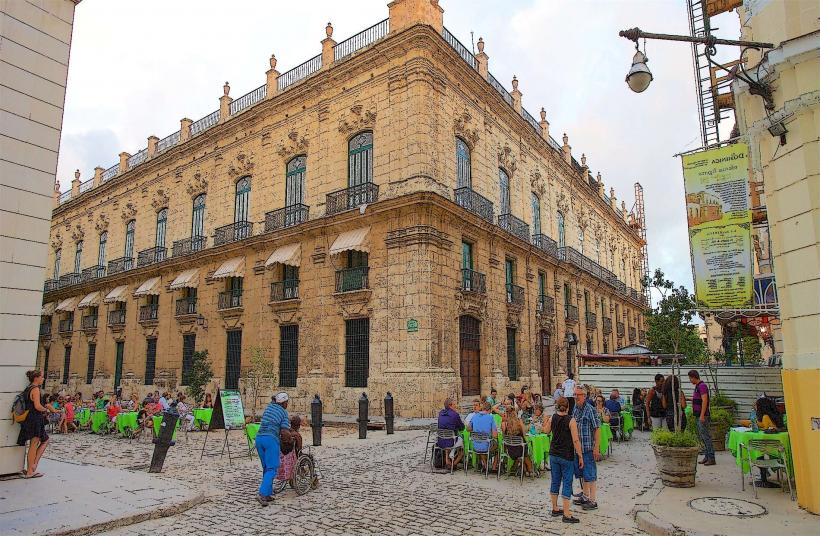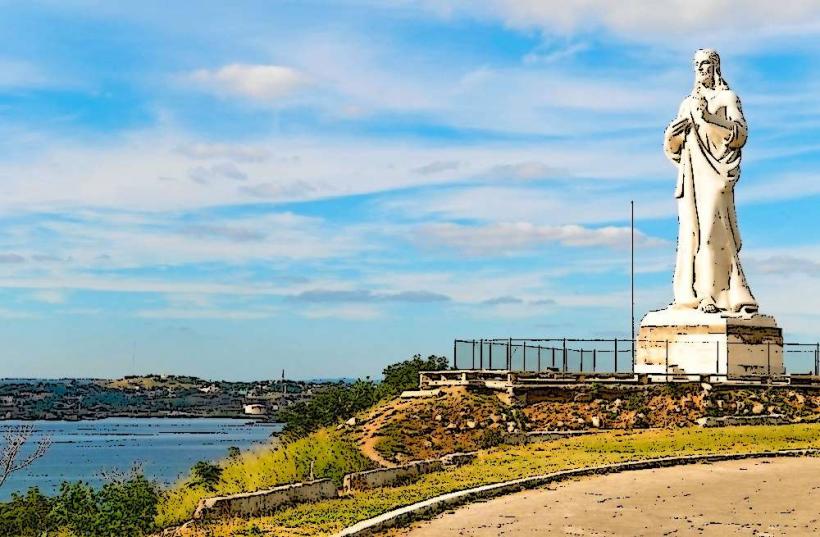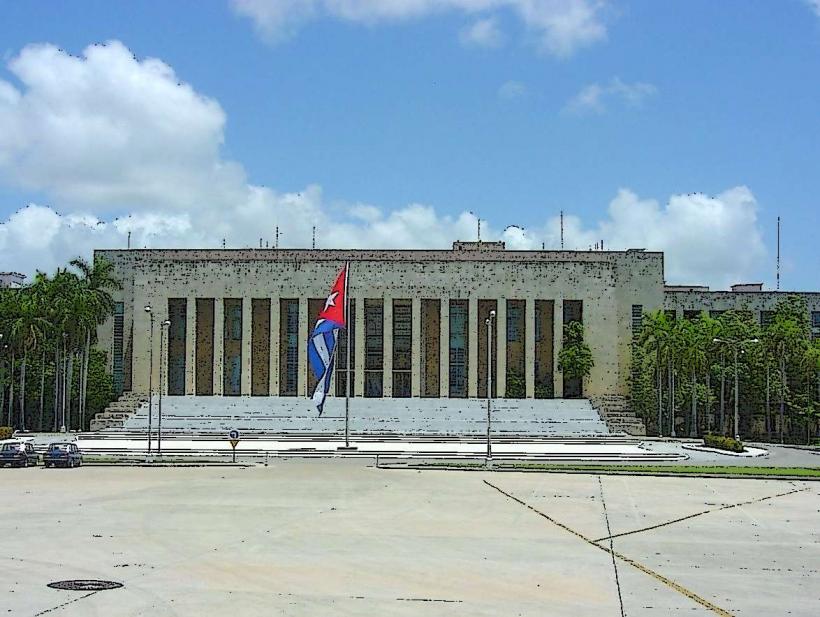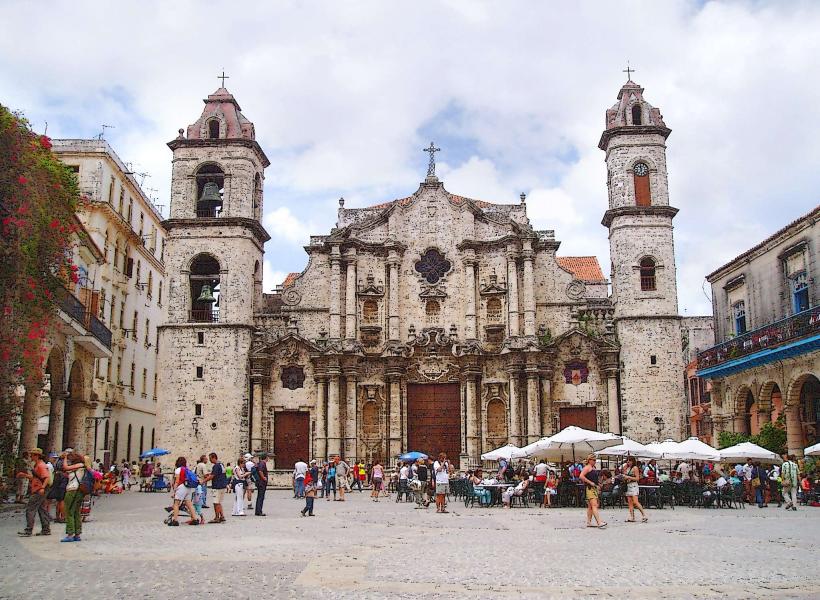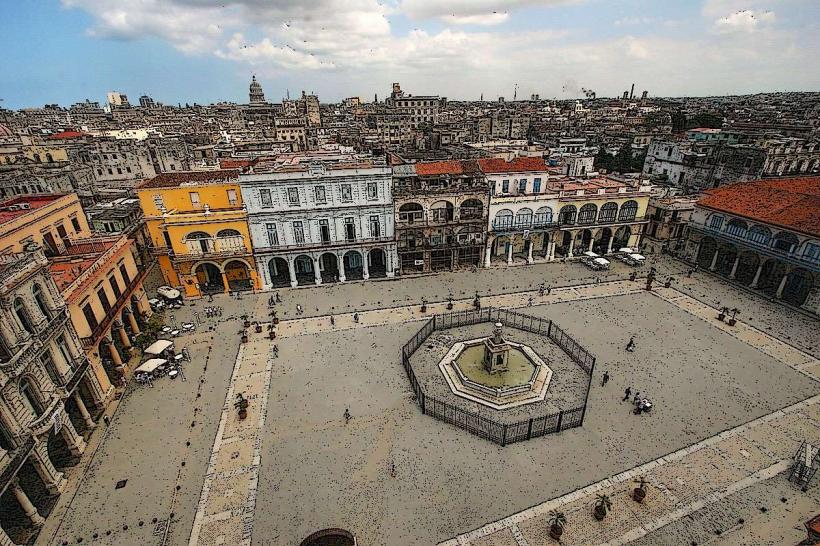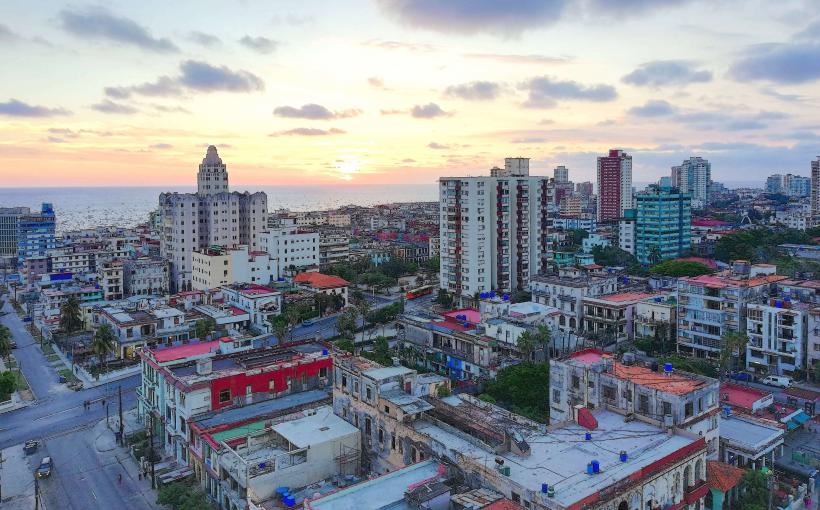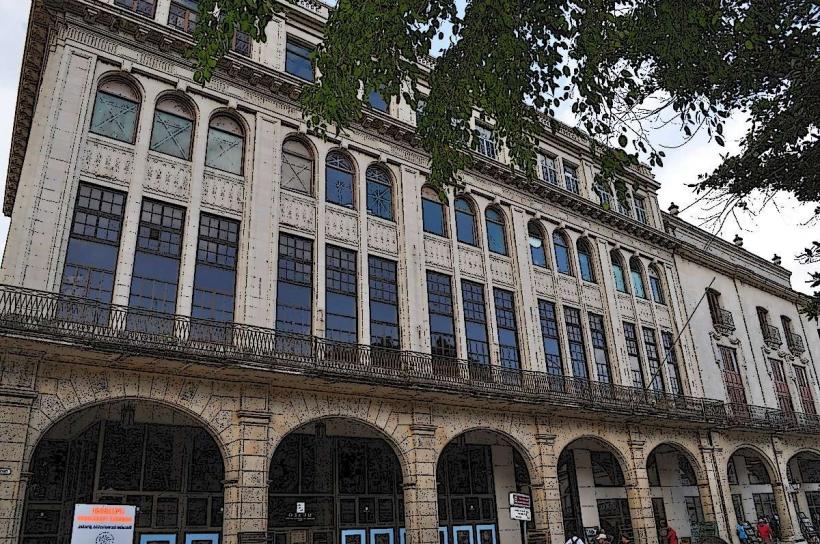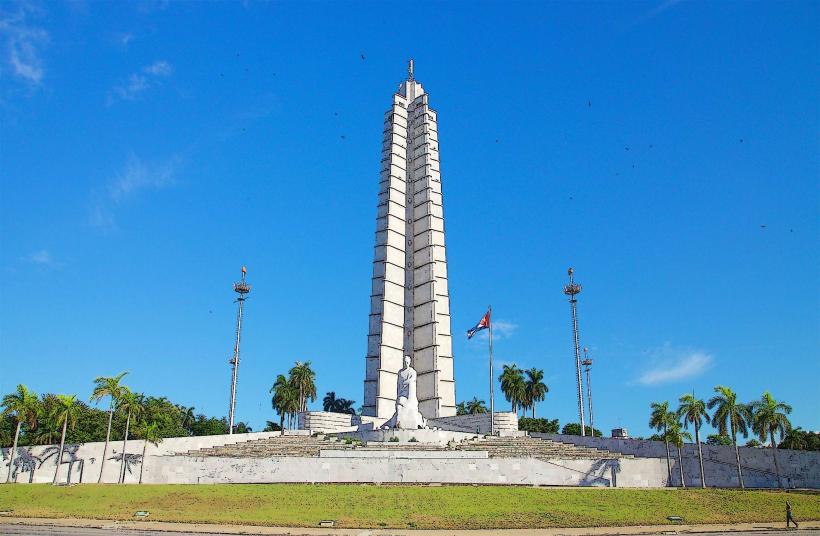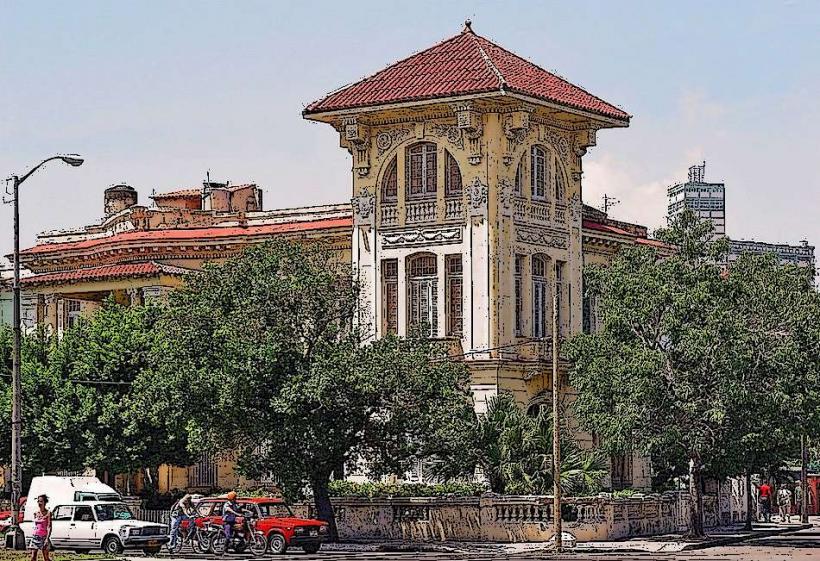Information
Landmark: Castillo del MorroCity: Havana
Country: Cuba
Continent: North America
Castillo del Morro (also known as Castillo de los Tres Reyes del Morro or El Morro Castle) is one of the most famous landmarks in Havana, Cuba. Located at the entrance to Havana's harbor, this historic fortress has played a pivotal role in the defense of the city for centuries and is one of Cuba’s most recognizable symbols. Here’s a detailed look at the Castillo del Morro:
History
The Castillo del Morro was constructed in the late 16th century as a part of Spain's efforts to defend Havana from pirates and enemy fleets. Construction began in 1589 and was completed in 1640. The fort was named after the Morro (meaning "headland" or "promontory" in Spanish) on which it was built, which overlooks the entrance to the harbor and provides a strategic vantage point.
Havana's location on the Caribbean coast made it a crucial point for trade and military operations during the Spanish colonial period. As such, the Spanish authorities considered the city's defense vital to protect it from pirates and European rival powers. The fort's position at the entrance to Havana's bay was ideal for guarding the harbor and its surrounding areas, especially from attacks by sea.
The Castillo del Morro was also part of a broader system of fortifications in Havana, including Fortaleza de San Carlos de la Cabaña (another major fortress on the opposite side of the bay). Together, these fortresses made Havana one of the most fortified cities in the Spanish Empire in the New World.
Architecture
The Castillo del Morro features classic Renaissance military architecture, designed to withstand cannon fire and other attacks. It combines various defense structures, including walls, bastions, and a lighthouse, which are strategically positioned for maximum protection.
Key architectural features include:
- The Fortress Walls: The castle's thick walls are designed to protect the interior from artillery bombardment. The walls are made of limestone and were reinforced over time with additional layers of stone.
- The Lighthouse: The most striking feature of the Castillo del Morro is its lighthouse, which stands at 42 meters (138 feet) tall and is one of the oldest in the Americas. The lighthouse was first built in 1845 and has since been updated, though it continues to guide ships entering the harbor. It is one of the most iconic images of Havana.
- Bastions and Defensive Structures: The fort is designed with several bastions—angled extensions of the walls—meant to provide protection from incoming attacks from multiple directions. These bastions were strategically placed to ensure a 360-degree field of fire, making it difficult for attackers to approach undetected.
Role in Cuban History
Over the centuries, the Castillo del Morro played an important role in Cuba’s military and colonial history. It was involved in numerous battles and sieges, notably during the following events:
Pirate Attacks: The fort was built in response to the frequent pirate attacks on Havana, which were common in the 16th and 17th centuries. Pirates such as Sir Francis Drake, who attacked Havana in 1586, prompted the Spanish to strengthen the city’s defenses. Although the Castillo del Morro was not fully completed at the time of Drake’s attack, it became a critical part of Havana’s defense system in later years.
British Invasion of Havana (1762): During the Seven Years' War, British forces captured Havana, including the Castillo del Morro, after a lengthy siege. This marked a rare instance in which the fortress fell to an enemy force. However, the British control of Havana was short-lived, as Spain regained control of the city the following year under the Treaty of Paris.
American Influence: After Cuba's independence from Spain in 1898, following the Spanish-American War, the Castillo del Morro and other fortifications became symbols of Cuba’s complex relationship with colonial powers, including the United States.
Museum and Visitor Experience
Today, the Castillo del Morro is a museum and one of Havana's most popular tourist attractions. Visitors can explore the fortress, its history, and its stunning views of the Havana Harbor.
Key features of the visitor experience include:
Exhibits: The museum inside the fort contains displays on the history of the Castillo del Morro, its role in Havana’s defense, and its various periods of occupation. There are also exhibits on colonial military architecture and the Cuban navy. Some of the displays focus on the Spanish colonial period, while others showcase the fort’s role in the 19th and 20th centuries.
Panoramic Views: From the ramparts of the fort, visitors are treated to some of the best views of Havana and its harbor. The sweeping vistas offer a unique perspective of the city’s coastline and the busy harbor area, which remains a major port in Cuba today.
The Lighthouse: Visitors can climb to the top of the lighthouse, where they can enjoy an even more spectacular view of the harbor, the city, and the surrounding coastline. The lighthouse has been restored and is still in operation today.
Cannon Firing Ceremony: A popular tradition at the Castillo del Morro is the nightly cannon firing ceremony, where a cannon is fired at dusk, recreating a practice that dates back to the colonial era. The ceremony is a nod to Havana’s military history and is a popular event for tourists. It traditionally signaled the closing of the city gates to prevent nighttime attacks.
Location and Access
The Castillo del Morro is located at the entrance to Havana Bay, on a rocky promontory that offers a commanding view of the bay and the city. The fortress is located across the water from the Old Havana district (Habana Vieja), and it is easily accessible from the city center.
Visitors can take a short boat ride across the bay to reach the castle, or they can enjoy a scenic walk along the Malecón, the famous waterfront promenade in Havana. The walk along the Malecón offers a stunning view of the castle, especially at sunset.
Preservation and Modern-Day Significance
The Castillo del Morro remains an important historical and cultural site for Cuba, serving as a symbol of the country’s resilience and history. Its preservation as a museum allows visitors to explore Cuba’s rich past while also appreciating the strategic and military significance of the fortress.
As part of the broader Havana Heritage area, the Castillo del Morro contributes to Cuba’s ongoing efforts to protect and promote its historical landmarks. It also stands as a monument to Havana’s importance as a key city in the colonial period and beyond.
Conclusion
The Castillo del Morro is a stunning historical site in Havana, offering a blend of history, architecture, and panoramic views. Whether you're a history enthusiast, an architecture lover, or simply looking to take in some of the best views of Havana, this fortress is a must-visit destination. Its role in Cuba’s defense, its striking architecture, and its significance to the island’s military and cultural history make it an enduring symbol of the nation's past and present.

